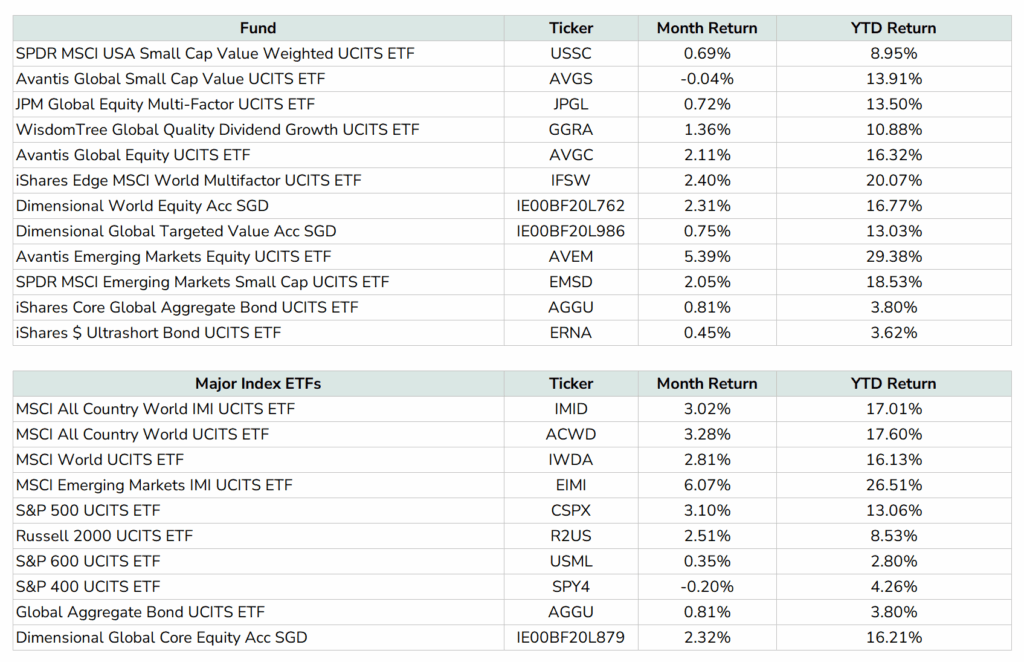AI Is Speeding Ahead—Is Government and Industry Already Too Late to Cash In?
Ever found yourself hustling across a busy crosswalk, dodging cars and distractions, wondering if life’s speed-up is something you can really keep up with? Well, that’s exactly the vibe swirling around artificial intelligence right now — a whirlwind charging at us so fast it’s hard to say whether it’s zooming us toward an era of dazzling human breakthroughs or steering us over the edge of societal chaos. The federal government and corporate giants are in a full sprint, trying to balance the promise of AI’s power with the peril lurking beneath its code. At the White House, the mission is clear: propel the U.S. to frontrunner status in the AI arena, trimming regulatory red tape and launching fresh strategies to shield against AI’s darker potentials. Meanwhile, big companies face mounting pressure from investors who say, “Hey, traditional board oversight just won’t cut it anymore.” They’re pushing for specialized committees, dedicated to wrestling with AI risks and ethics like never before. It’s a fast-paced dance, with federal policymakers zipping past hurdles to claim global dominance, and boards urgently recalibrating to catch up with tech that shifts faster than a boardroom can say “motion approved.” So, what’s the real cost of this breakneck race — and can oversight keep pace before it’s too late? LEARN MORE

The rise of artificial intelligence is either building towards a new era of human achievement or the death of civil society, depending on who you ask. As AI technology continues to play a more prominent role in our daily lives, the federal government and big business are grappling with the best ways to minimize the risks involved in harnessing that power.
At the White House, the current goal is to make the United States a dominant force in AI development. The potential dangers and abuses of AI concerned the previous administration enough to prompt a call for new safety standards governing AI applications, though the current administration moved quickly to reshape federal AI policy. Within weeks of taking office, President Trump had signed two executive orders focused on clearing away regulatory hurdles to accelerate AI development and strengthen U.S. leadership in the sector.
The White House has since reaffirmed its resolve to keep the U.S. at the forefront of the AI race. That led to the release this summer of AI policy recommendations covering a broad range of related issues such as technological infrastructure.
President Trump also signed supplemental orders intended to bolster the competitiveness of the U.S. AI industry. Their objectives:
While the federal government presses ahead, a new Intelligize analysis indicates corporate America is looking for ways to accommodate concerns about AI risks and oversight. Our review of recent corporate disclosures filed with the Securities and Exchange Commission offers insight into the evolving landscape of AI governance. One key takeaway is that activist investors are warning corporate boards of directors that traditional oversight structures aren’t enough to monitor AI risks properly. Instead, some critics want companies to establish dedicated board-level committees to oversee AI.
And how do directors feel about tailoring their companies’ governance approaches to suit the realities of AI? Intelligize found that boards are indeed experimenting with creating new committees to address AI-related issues. As boards try to adapt their structures to an AI-driven future, “traditional oversight mechanisms are being stretched,” according to the Intelligize report.
Speed ultimately ties these threads together. Federal policymakers are trying to sprint past regulatory obstacles in the name of global competition. Corporate directors, meanwhile, are scrambling to build governance frameworks that can keep pace with technology that changes faster than most board agendas. As such, both Washington and Wall Street see AI as a defining challenge, and both are moving quickly to define their influence in how it is developed, deployed, and overseen.


















Post Comment